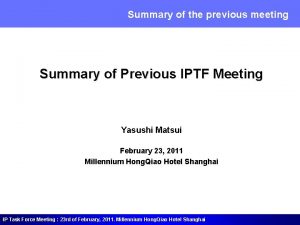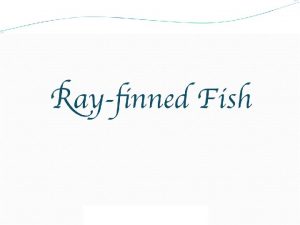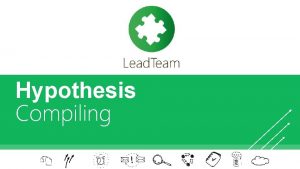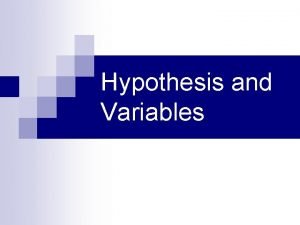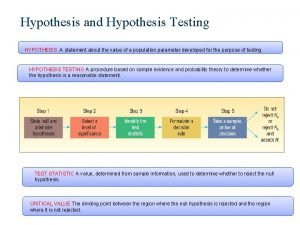Summary of previous discussions As working hypothesis experience








- Slides: 8


Summary of previous discussions • As working hypothesis (experience from Linac 2) Cu. Cr. Zr seems to be less prone to blistering than Cu. o o o • Metallurgical evidence suggests that mechanical properties and structure may play a role. After discussion with Flyura, Suitbert, Stefano, the lower diffusivity of H due to traps may hinder 2 H -> H 2 Cu. Cr. Zr is a first candidate for irradiation and pulsed DC testing, electrodes in fabrication soon (thanks Anité and Antonio) Nb and Ta have both a much larger H diffusivity. The working hypothesis is that H can be distributed into the bulk. o o o Simulation of this in the following slides After discussion with Stefano, nucleation of hydrides may depend on details of structure Nb is next candidate for irradiation and pulsed DC testing 2. 7. 2020 RFQ 3 meeting 2

Calculation of Nb irradiation & H diffusion • H diffusion coefficients @ 300 K: o • Ta = 1. 95 x 10 -6, Nb = 8. 27 x 10 -6, Va = 5. 44 x 10 -5 [cm 2 s-1] Reproducing the collimator experiment with niobium o o Dose rate from E. Mahner, 20. 02. 2020, EDMS 2332485: 8. 3 x 1013 H- / s Total dose from A. T. Perez-Fontenla, EDMS 2356205: 1 x 1019 H- / cm 2 Assuming 1 cm 2 beam size H- flux H diffusion 105 seconds Simulated thickness 1 mm • Deposition of H- at the surface, not in Bragg peak (200 nm << 1 mm) • Beam distributed uniformly over the irradiated region of 1 cm 2 2. 7. 2020 RFQ 3 meeting 3

Concentration profiles 2. 7. 2020 RFQ 3 meeting 4

Concentration of H in Nb at 300 K Nb: 5. 6 x 1022 at/cm 3 H solubility limit at 300 K: 4. 6% Max H in Nb: 2. 6 x 1021 at/cm 3 About 1 month of full beam impact 2. 7. 2020 RFQ 3 meeting 5

Note after the meeting: • Previous slides show that 1 cm 2 of Nb, 1 -mm thick, can absorb the full beam from the source during about 1 month, at 300 K • When H concentration is about 1% (well below solubility limit of 4. 6% at 300 K), the H 2 equilibrium pressure is about 3. 5 x 10 -8 mbar (still a very reasonable value in accelerator vacuum) • With a very reasonable pumping speed of 50 liters/sec, the H 2 evacuated corresponds to the impinging rate from the beam, thus effectively reaching an equilibrium 2. 7. 2020 RFQ 3 meeting 6


Beam parameters for simulation, based on collimator test 2. 7. 2020 RFQ 3 meeting 8
 Speaking and listening: effective group discussions
Speaking and listening: effective group discussions Classroom discussions in math
Classroom discussions in math 5 practices for orchestrating productive math discussions
5 practices for orchestrating productive math discussions Experience expectant vs experience dependent
Experience expectant vs experience dependent Early experience vs. later experience
Early experience vs. later experience Direct and indirect experience examples
Direct and indirect experience examples Smart work and hard work
Smart work and hard work Cold working vs hot working
Cold working vs hot working Hot working and cold working difference
Hot working and cold working difference









